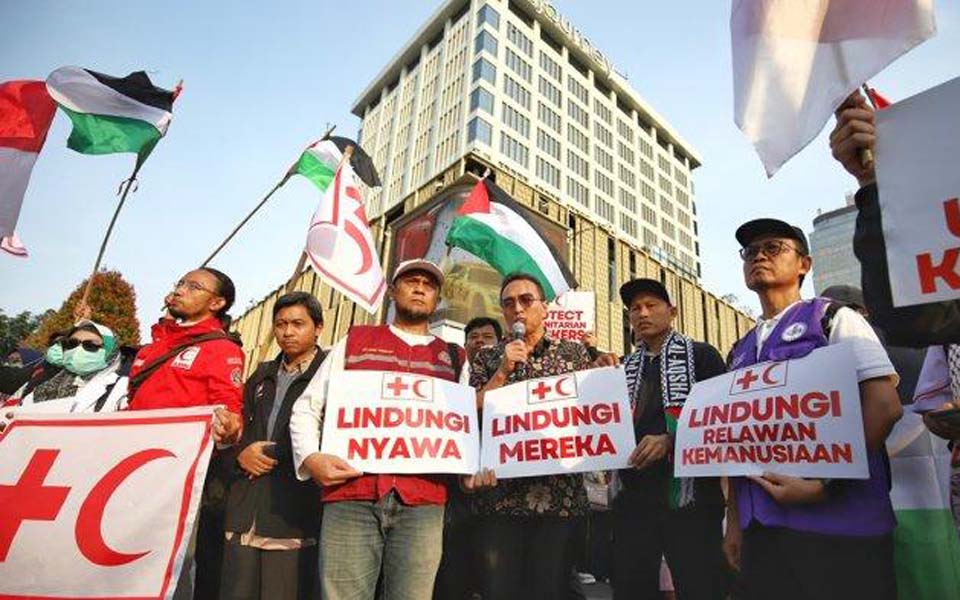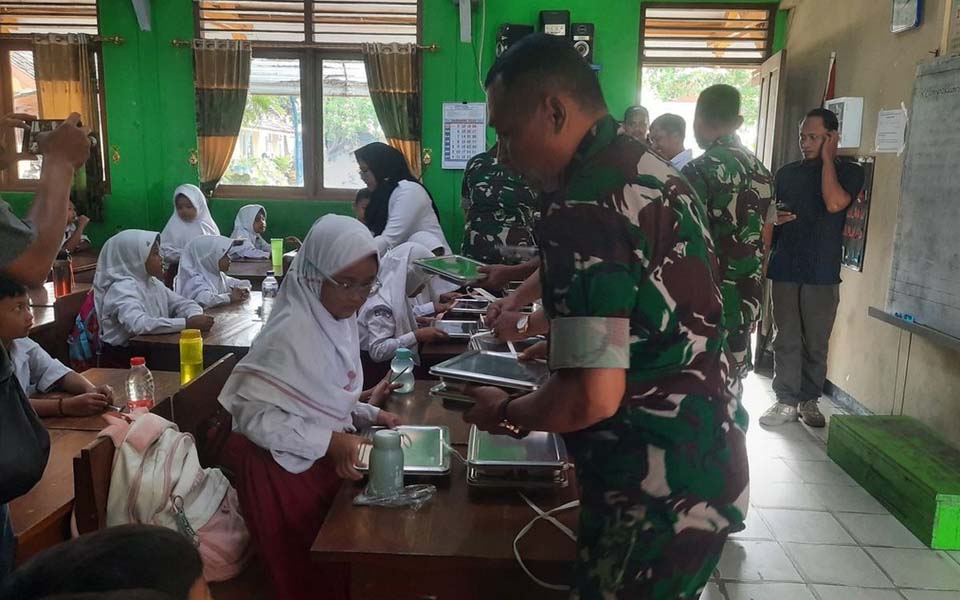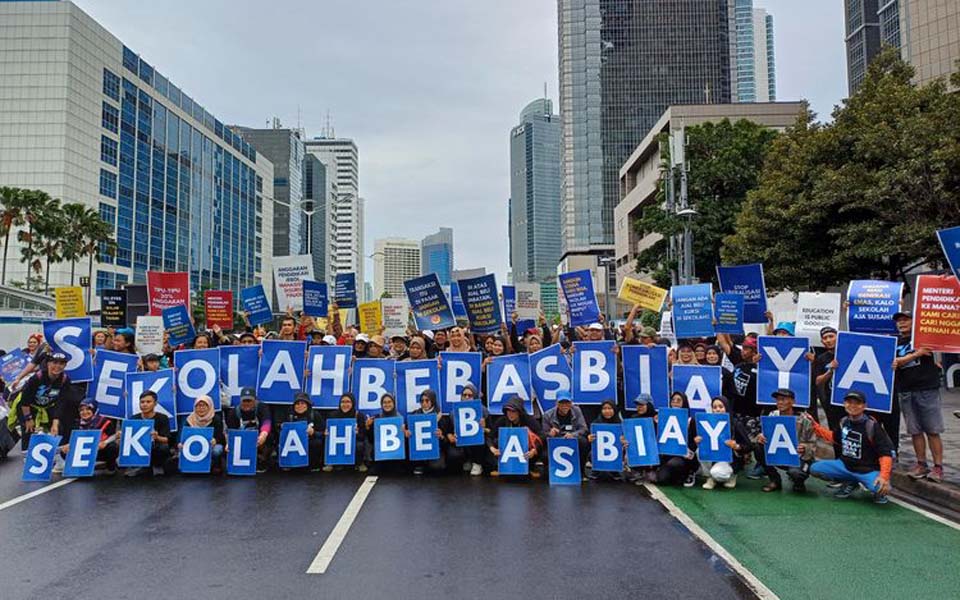Jakarta – The head of the Indonesian Association of Epidemiology Experts (PAEI) professional development division, Masdalina Pane, is questioning the indicators being used by the government to determine which level of Enforcement of Restrictions on Public Activities (PPKM) to apply in a region.
According to Pane, the impression is that the government is cherry picking which indicators to use in applying the PPKM in a particular area. Pane said that the government is only using favourable indicators in determining these levels.
"There are indicators which aren't included, not included. So choosing these indicators which are estimates are comforting and then that's used as data, which can be read by the central [government]", Pane told CNN Indonesia on Tuesday August 10.
Pane for example is questioning the government's argument for not using the number of deaths as an indicator. As a consequence, several areas in West Java and Banten have now gone down to PPKM level 3.
Yet these two regions have recorded a surge in cases – both positive cases as well as deaths. According to Pane, West Java benefits from having a large population.
"So it's as if the problem is small. This is manipulating statistics, right. But the fact is, the agglomerated areas of greater Jakarta, they're all red zones [Depok, Bekasi, Bogor]', he said.
Pane concedes that he does not have a problem with loosening social activities in particular regions, whether they be level 1 or 4. But the policy of loosening restrictions becomes a problem because the indicators used are not completely accurate.
A similar view was conveyed by Tri Yunis Miko, an epidemiologist from the University of Indonesia faculty of public health (FKM UI). According to Miko, the government has been inconsistent in its use of indicators in determining PPKM levels.
Miko also concedes that he does not have a problem with loosening social activities in regions which are applying a level 4 PPKM. But he is asking that clear indicators be used in deciding on loosening restrictions such as a positivity rate below 10 percent.
"If it's below 5 percent, yes, open it up by 50 or 75 percent. So the government hasn't been consistent, opening up based on what", he said.
Aside from the positivity rate, there is also testing and tracing. For testing, a standard figure could be used of one test per 1,000 people per day, and a tracing ratio of 10-20 contacts for one case.
"If there's no standard, yes, for all of them, it can't be compared", he said. (thr/sfr)
[Translated by James Balowski. The original title of the article was "Epidemiolog Pertanyakan Indikator Level PPKM Pemerintah".]















